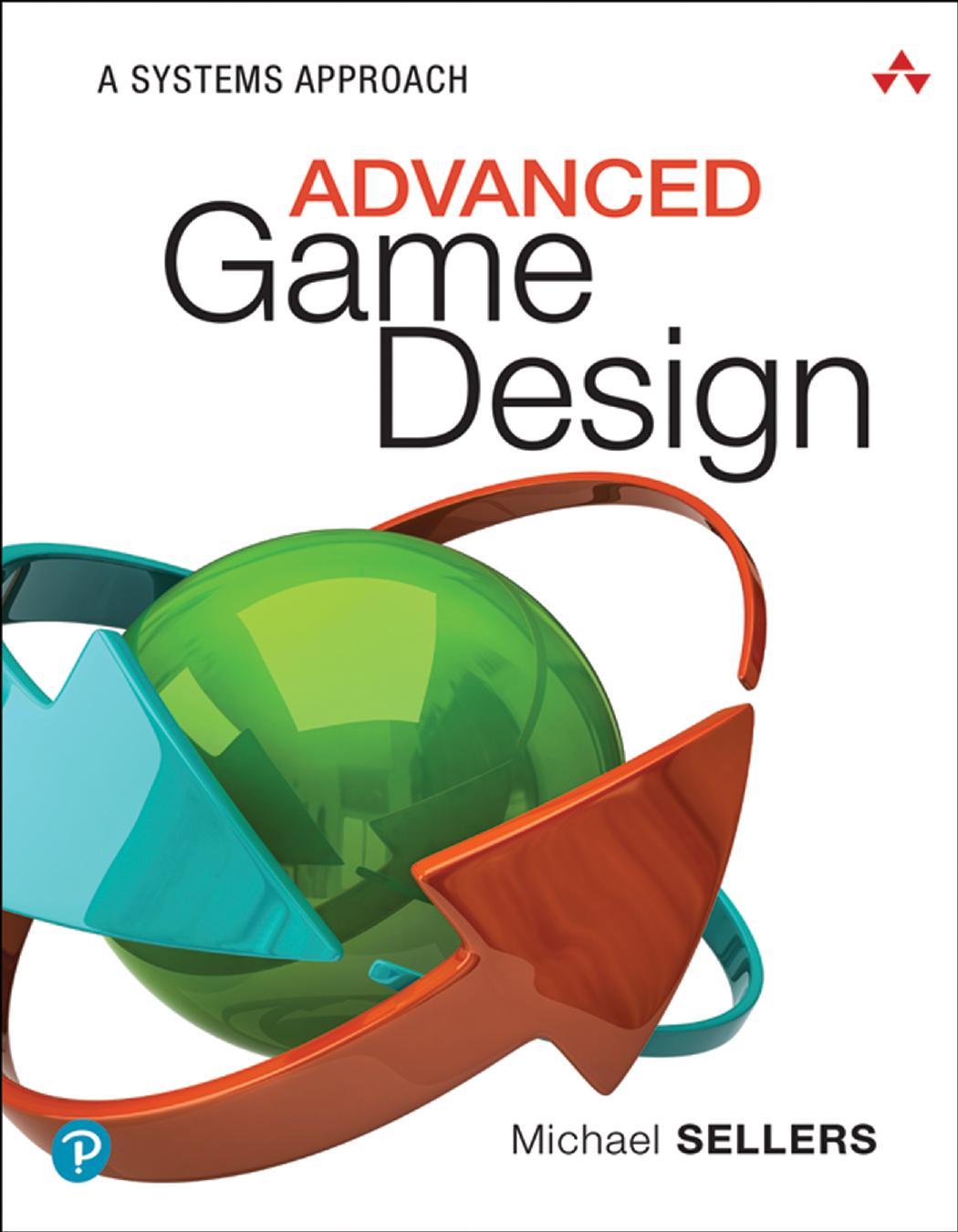Advanced Game Design: A Systems Approach by Michael Sellers

Author:Michael Sellers [Sellers, Michael]
Language: eng
Format: epub, pdf
Publisher: Pearson Education
Published: 2017-10-30T00:00:00+00:00
Core Loops
As introduced in Chapter 4, a game’s core loops are the interactions between the game and the player that form the player’s primary focus—the activities that have the player’s central attention (refer to Figures 4.4 and 4.11). As in any interactive loop, in a core loop, the player forms an intention and carries it out within the game, causing some change to occur in the game’s internal model. This change is presented as feedback to the player, often with an increase in ability or information. This information allows the player to modify their mental model, including any learning (increase in understanding or skill within the game). This sets the stage for the player to form their next intent, starting the loop all over again.
A game must have at least one core loop to create engaging interactions with the player. It may have multiple core loops that take place at different times or on different time scales, as indicated by the different kinds of interactivity explored in Chapter 4 (see Figure 7.2, shown previously as Figure 4.6). For example, a role-playing game might have fast-paced combat as a primary core loop, with more strategic and long-term skill acquisition as an outer loop. In combat, the player uses action/feedback and short-term cognitive interactive loops in choosing how best to attack. The game provides feedback in terms of the player’s opponent’s state, as well as the opponent’s actions to which the player must react. If the player is successful, the result of this core combat loop may be an increase in in-game resources, such as money, loot, or skill, as well as learning about how to better play the game, which provides the player with a sense of achievement and mastery. This enables the player to face greater challenges, such as fighting more combats against even tougher foes. As the player’s attention changes from fast to slow (combat to skill selection, for example), the core loop of the game also changes.
Download
Advanced Game Design: A Systems Approach by Michael Sellers.pdf
This site does not store any files on its server. We only index and link to content provided by other sites. Please contact the content providers to delete copyright contents if any and email us, we'll remove relevant links or contents immediately.
Deep Learning with Python by François Chollet(14738)
The Mikado Method by Ola Ellnestam Daniel Brolund(11990)
Hello! Python by Anthony Briggs(11907)
OCA Java SE 8 Programmer I Certification Guide by Mala Gupta(11327)
Dependency Injection in .NET by Mark Seemann(11089)
Algorithms of the Intelligent Web by Haralambos Marmanis;Dmitry Babenko(9925)
The Well-Grounded Java Developer by Benjamin J. Evans Martijn Verburg(9530)
Grails in Action by Glen Smith Peter Ledbrook(9249)
Secrets of the JavaScript Ninja by John Resig Bear Bibeault(8713)
Test-Driven iOS Development with Swift 4 by Dominik Hauser(8343)
Becoming a Dynamics 365 Finance and Supply Chain Solution Architect by Brent Dawson(7998)
Microservices with Go by Alexander Shuiskov(7769)
Practical Design Patterns for Java Developers by Miroslav Wengner(7659)
Test Automation Engineering Handbook by Manikandan Sambamurthy(7612)
Kotlin in Action by Dmitry Jemerov(7391)
Angular Projects - Third Edition by Aristeidis Bampakos(7091)
The Art of Crafting User Stories by The Art of Crafting User Stories(6554)
NetSuite for Consultants - Second Edition by Peter Ries(6484)
Demystifying Cryptography with OpenSSL 3.0 by Alexei Khlebnikov(6259)
